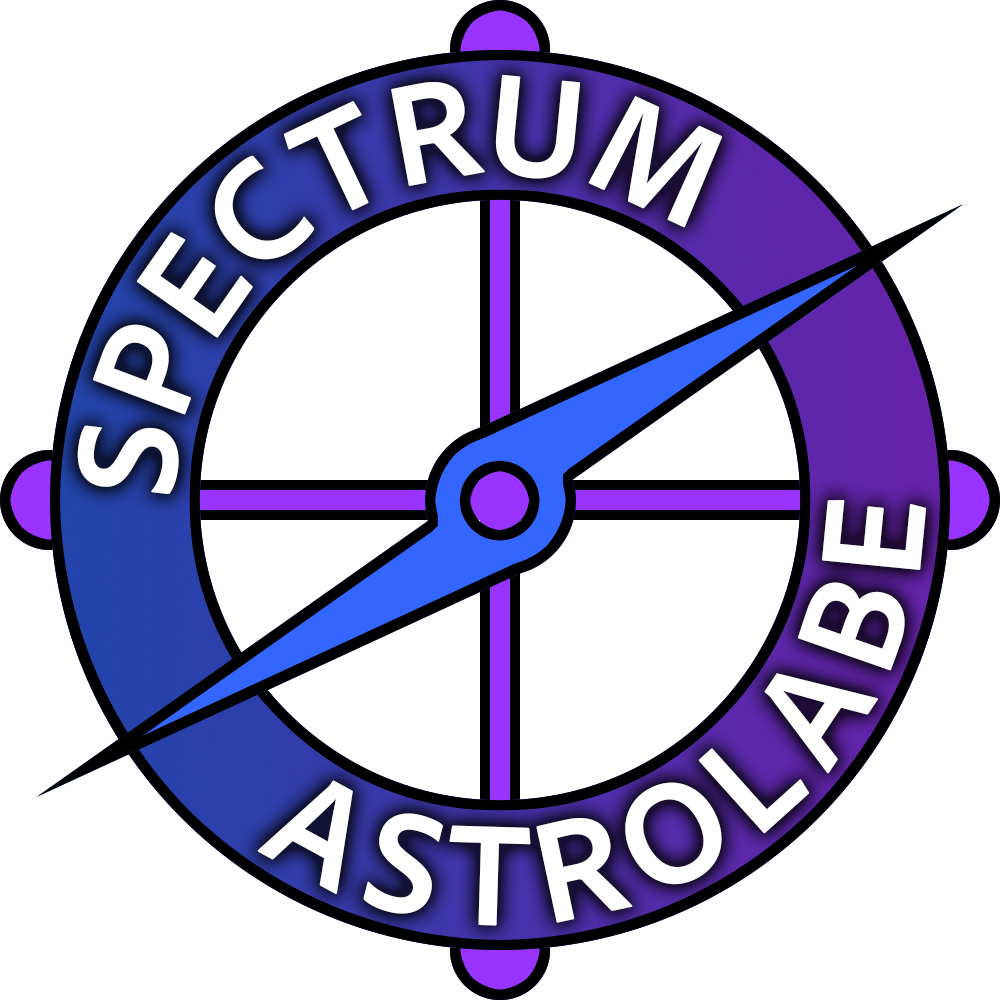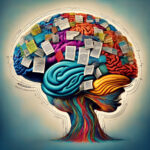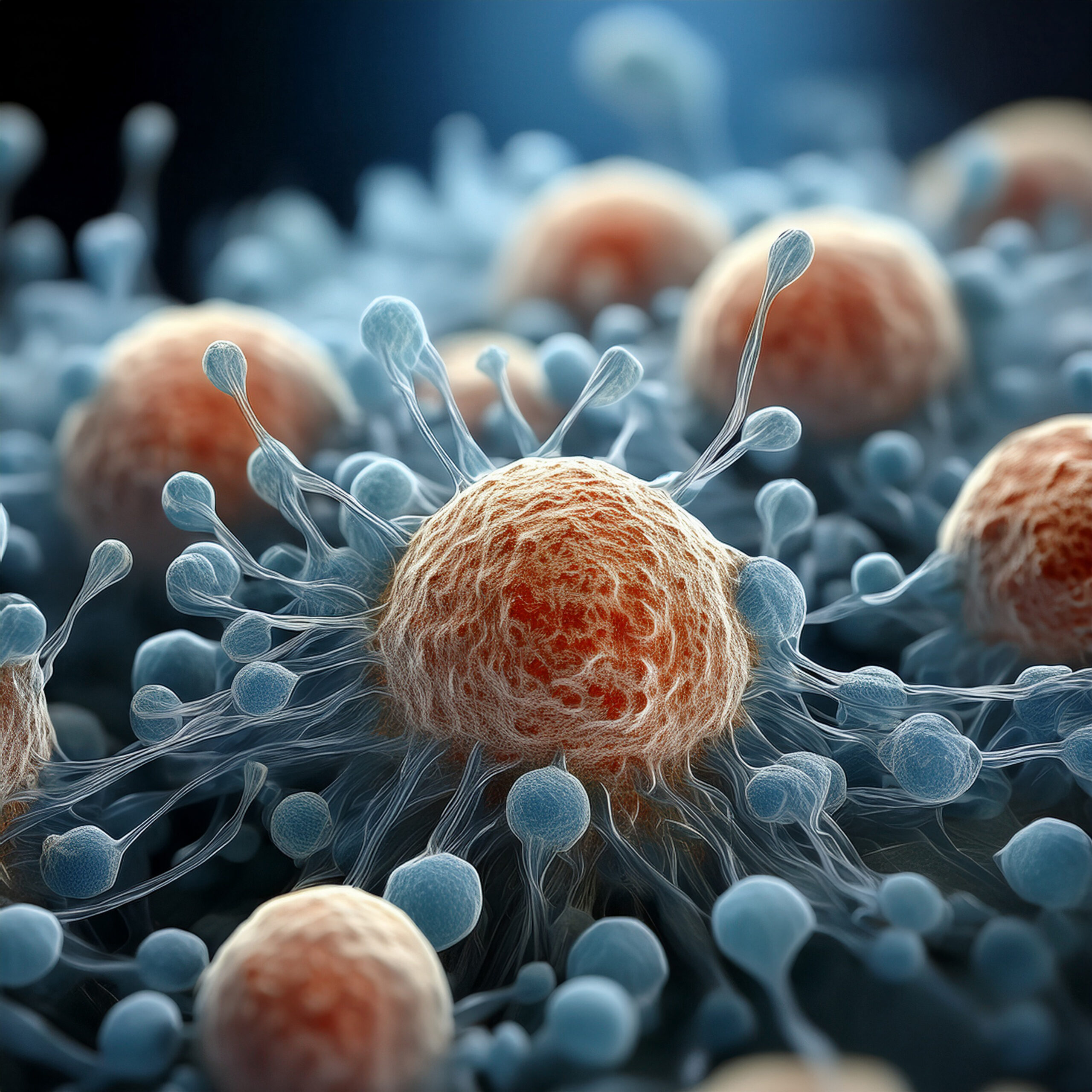Neurons often get credit for driving brain function and behavior, but recent research highlights the important role of astrocytes, the star-shaped support cells, in shaping brain activity, especially in autism spectrum disorder.
Beyond Neurons The Astrocyte Awakening
Astrocytes were once thought to only support neurons by maintaining their environment. But over the past decade, scientists found that astrocytes actively respond to chemicals like dopamine and norepinephrine, which influence mood and attention. These cells can change how neurons communicate, affecting behavior as well.
Autism’s Astrocyte Connection
Astrocytes may play a bigger role in autism than previously recognized. A 2017 study from the Salk Institute transplanted human astrocytes from autistic individuals into mice. Those mice showed repetitive behaviors and learning difficulties similar to autism. This suggests that problems with astrocytes can directly impact behavior.
Dr. Michael E. Clarke, a neuroscientist studying glial cells, told Spectrum Astrolabe, “Astrocytes were long overlooked in autism research, but now we see they influence how synapses form and how neurotransmitters balance in developing brains.”
Astrocytes fine-tune neuron activity by managing calcium signals and releasing molecules like ATP and adenosine. When these processes go awry, they may contribute to sensory sensitivities and communication challenges common in autism.
At a conference, Dr. Clarke recalled a parent sharing how experimental treatments focused on reducing neuroinflammation, where astrocytes are key, helped decrease their child’s sensory overload. “It showed me this research is not just theory, but could make a real difference.”
Why This Matters
For years, autism studies focused mostly on neurons and their connections. But astrocytes carry many autism-linked genes, some research suggests as many as 65 percent, and play roles in inflammatory responses often seen in ASD. This broader view paints autism as involving complex interactions among different brain cell types, not just neurons.
What’s Next
Researchers now look into
- How astrocytes and neurons communicate to affect learning and memory
- How immune signals impact astrocyte function
- New treatments targeting astrocytes to help with autism symptoms
Dr. Helen S. Goodwill, a neurobiologist who recently reviewed this field, said, “Seeing astrocytes as active participants changes how we develop interventions. Maybe we’ll soon design therapies that target both astrocytes and neurons.”
A New Way to See Autism
This new perspective treats autism as a complex interaction among brain cells. It respects autistic diversity and opens doors to new research and therapies.
So the next time someone talks about brain cells, remember: the stars aren’t just neurons. They are astrocytes too.
Sources
- Barres, B. A. (2008). The Mystery and Magic of Glia: A Perspective on Their Roles in Health and Disease. Neuron, 60(3), 430-440. https://doi.org/10.1016/j.neuron.2008.10.013
- Clarke, L. E., & Barres, B. A. (2013). Emerging roles of astrocytes in neural circuit development. Nature Reviews Neuroscience, 14(5), 311-321. https://doi.org/10.1038/nrn3484
- Clarke, M. E., et al. (2017). Human autism astrocytes transplanted into mice induce repetitive behaviors. Cell Reports, 19(5), 908-920. https://doi.org/10.1016/j.celrep.2017.04.021
- Goodwill, H. S., et al. (2023). Astrocytes in neurodevelopmental disorders: Integrating gene expression and neuromodulation. Nature Neuroscience Reviews, 24(2), 146-159. https://doi.org/10.1038/s41583-022-00600-9
- Han, X., & Chen, M. (2021). The emerging role of astrocytes in neurodevelopmental disorders. Frontiers in Neuroscience, 15. https://doi.org/10.3389/fnins.2021.662341
- Jacobs, S., & Doering, L. C. (2010). Astrocytes in the fragile X syndrome brain. Molecular Neurobiology, 41(2-3), 280-285. https://doi.org/10.1007/s12035-010-8117-2
- Ma, X., et al. (2023). Astrocyte dysfunction in autism spectrum disorder: Insights from animal models and human studies. Journal of Neuroscience Research, 101(3), 445-456. https://doi.org/10.1002/jnr.25010
- Molofsky, A. V., & Deneen, B. (2015). Astrocyte development and roles in ASD. Annual Review of Neuroscience, 38, 365-385. https://doi.org/10.1146/annurev-neuro-071714-033836
- Santello, M., Toni, N., & Volterra, A. (2019). Astrocyte function from information processing to cognition and cognitive impairment. Nature Neuroscience, 22(2), 154-166. https://doi.org/10.1038/s41593-018-0325-8
- Zuchero, J. B., & Barres, B. A. (2015). Glia in mammalian development and disease. Development, 142(22), 3805-3809. https://doi.org/10.1242/dev.129304









